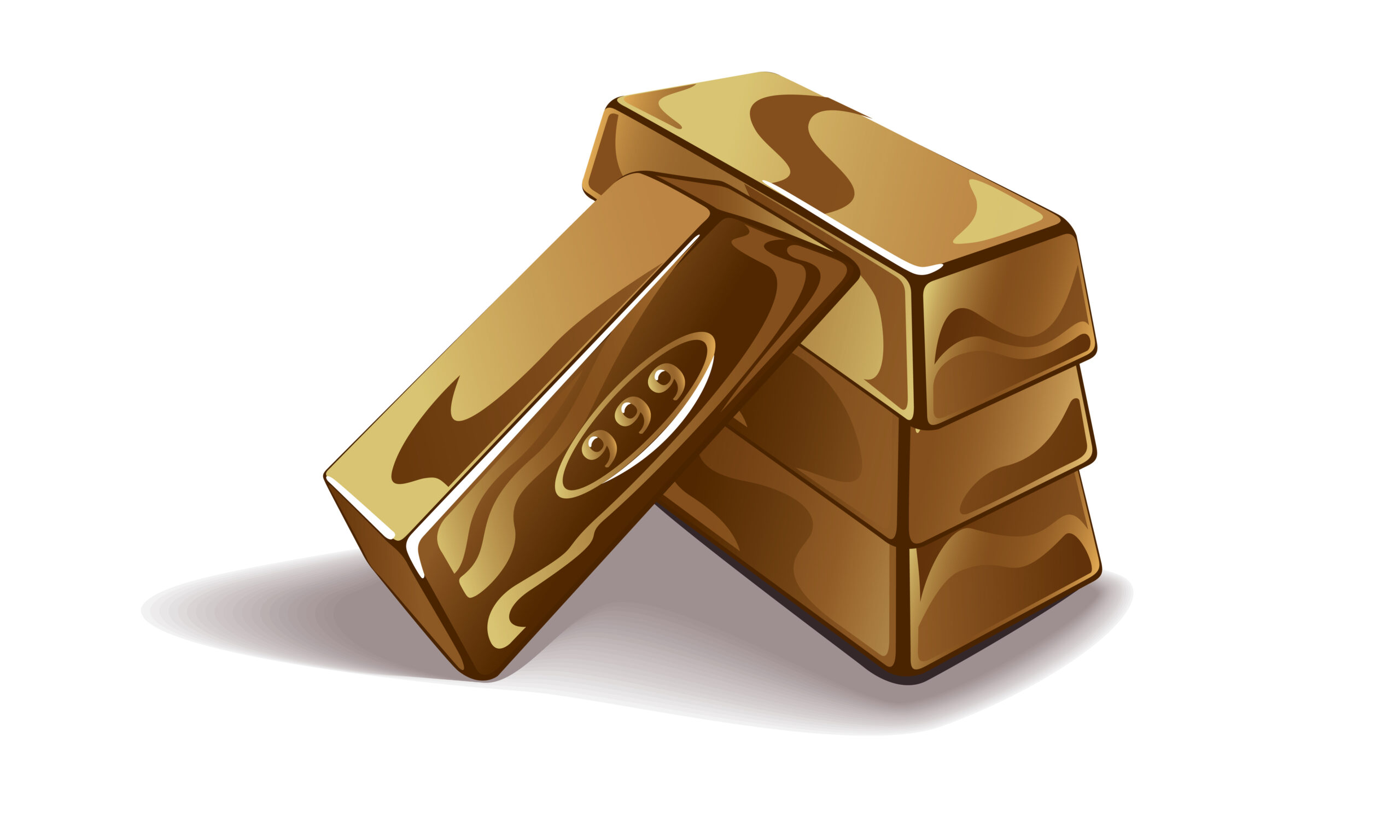The Fascinating History of the Production & Trade of Gold Bullion & Coins
Gold has captured the imagination of people for millennia and has long been revered as a symbol of wealth, power, and beauty. Gold bullion and gold coins have been produced and traded for thousands of years, and their production has played an important role in shaping the economies and societies of different eras. Below, the precious metals experts from First National Bullion, the best place to buy gold in Carlsbad, take a journey through the fascinating history of gold bullion and gold coin production, from ancient times to the present.
Ancient Gold Production & Coinage
The earliest evidence of gold production dates back to the 4th millennium BC, when people in Mesopotamia, Egypt, and the Indus Valley civilizations began to mine and smelt gold. Gold was valued for its rarity, durability, malleability, and luster and was used to make jewelry, ornaments, vessels, and religious objects.
The first gold coins were minted in the 7th century BC by King Croesus of Lydia, a kingdom in western Anatolia (modern-day Turkey). He standardized the weight and purity of gold coins and stamped them with his image and symbols. These coins were called electrum, a natural alloy of gold and silver, and they were widely accepted as a form of money throughout the ancient world.
Gold coins were also minted by other civilizations, such as the Persians, Greeks, Romans, Chinese, Indians, and Byzantines. Each coin had its own design, value, and weight. Some of the most famous gold coins in history include the Persian daric, the Greek stater, the Roman aureus, the Chinese yuanbao, the Indian mohur, and the Byzantine solidus.
Medieval & Renaissance Gold Production & Coinage
The collapse of the Roman Empire in the 5th century AD led to a decline in gold production and coinage in Europe. Gold coins became scarce and were replaced by silver and copper coins. However, gold production and coinage continued in other regions, including the Islamic world, Africa, India, China, and Southeast Asia. Goldsmiths also began producing gold bullion in the form of bars or ingots, which were used as a store of value and a means of payment.
The revival of gold production and coinage in Europe began in the 13th century, when new sources of gold were discovered in West Africa and Central Asia. The Italian city-states of Florence and Venice became major centers of trade and banking and issued gold coins called florins and ducats, which were widely used in international commerce.
The Renaissance period saw an increase in artistic and scientific achievements. Gold was used to create masterpieces of painting, sculpture, architecture, and literature and also to fund explorations and discoveries. Some of the most notable gold coins from this era include the Spanish escudo, the French louis d’or, the English sovereign, and the Dutch guilder.
Modern Gold Production & Coinage
The modern era of gold production and coinage began in the 16th century, when Europeans colonized the Americas and discovered vast amounts of gold in Mexico, Peru, Brazil, and other regions. They extracted huge quantities of gold and shipped it back to Europe to finance wars, empires, and industries.
The British began producing gold coins in the 17th century, and the gold standard was established in Britain in 1816, where the pound sterling was fixed to a specific weight of gold. Other countries followed suit, and the gold standard became the norm for international trade and finance.
In the 19th century, two major phenomena changed the course of gold production and coinage: the Industrial Revolution and the Gold Rushes. The Industrial Revolution introduced new technologies and methods for mining and refining gold. The Gold Rushes occurred in various parts of the world where people flocked to find gold nuggets and flakes. Some of the most famous locations included California (1848–1855), Australia (1851–1890), South Africa (1886–1914), Alaska (1896–1911), and Klondike (1896–1899).
The 20th century witnessed two world wars that disrupted the global economy and monetary system. Many countries abandoned the gold standard and adopted fiat money (a system where paper money is backed by government decree). Gold coins were replaced by paper bills and electronic transactions.
However, gold still retained its value and appeal as a safe haven asset. Many governments and central banks continued to hold large reserves of gold bullion (bars or ingots of pure gold). Some countries also issued commemorative or bullion coins made of gold or other precious metals. These coins weren’t intended for circulation but for investment or collection purposes.
Gold Today
Today, gold is still a valuable and sought-after commodity. It’s used for jewelry, investment, and industrial purposes. Gold coins and bullion are produced by governments and private mints around the world, and gold prices are determined by supply and demand in the global market.
The history of gold bullion and gold coin production is a testament to the enduring appeal of this precious metal. From ancient civilizations to modern times, gold has played a significant role in shaping economies and societies. Its beauty, rarity, and durability have made it a symbol of wealth and power, and its value has endured throughout the ages. As long as there’s demand for gold, its production and trade will continue to be an important part of human history.
When they’re looking for the best place to purchase bullion and gold coins, Carlsbad collectors reach out to the trustworthy professionals at First National Bullion. We can answer all your questions and help you find all the information you need on how gold can figure into your investment planning decisions. Give one of our experienced dealers a call today at (760) 253-8072.
The statements made in this blog are opinions, and past performance is not indicative of future returns. Precious metals, like all investments, carry risk. Precious metals and coins may appreciate, depreciate, or stay the same in cash value depending on a variety of factors. First National Bullion does not guarantee, and its website and employees make no representation, that any metals for sale will appreciate sufficiently to earn the customers a profit. The decision to buy, sell, or borrow precious metals and which precious metals to purchase, borrow, or sell are made at the customer’s sole discretion.


